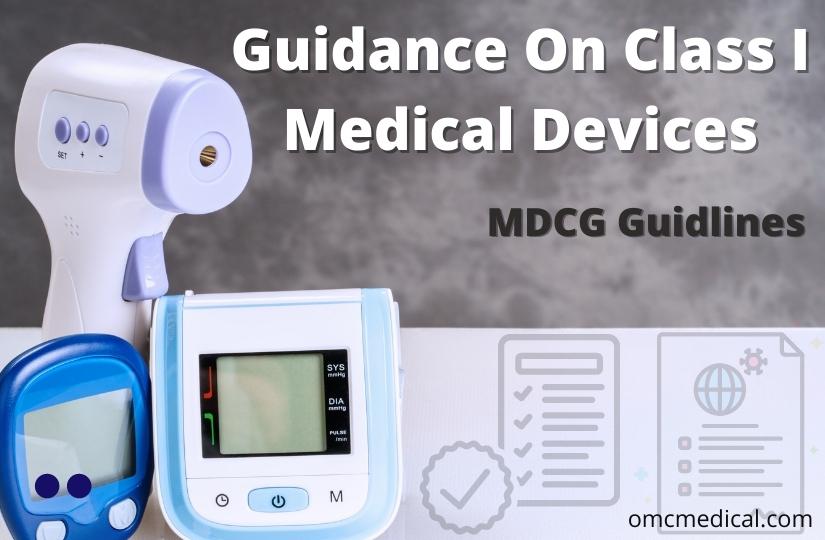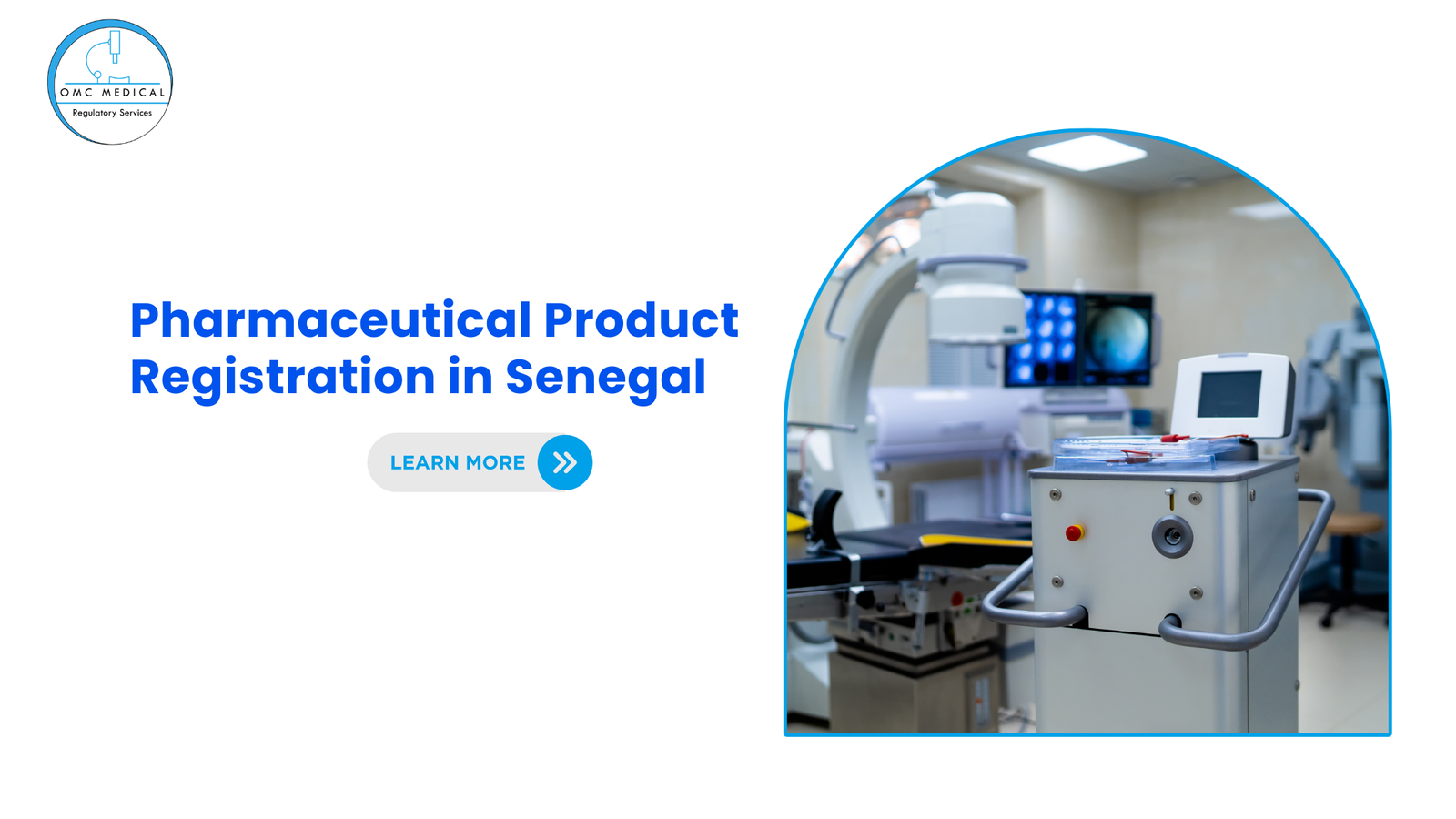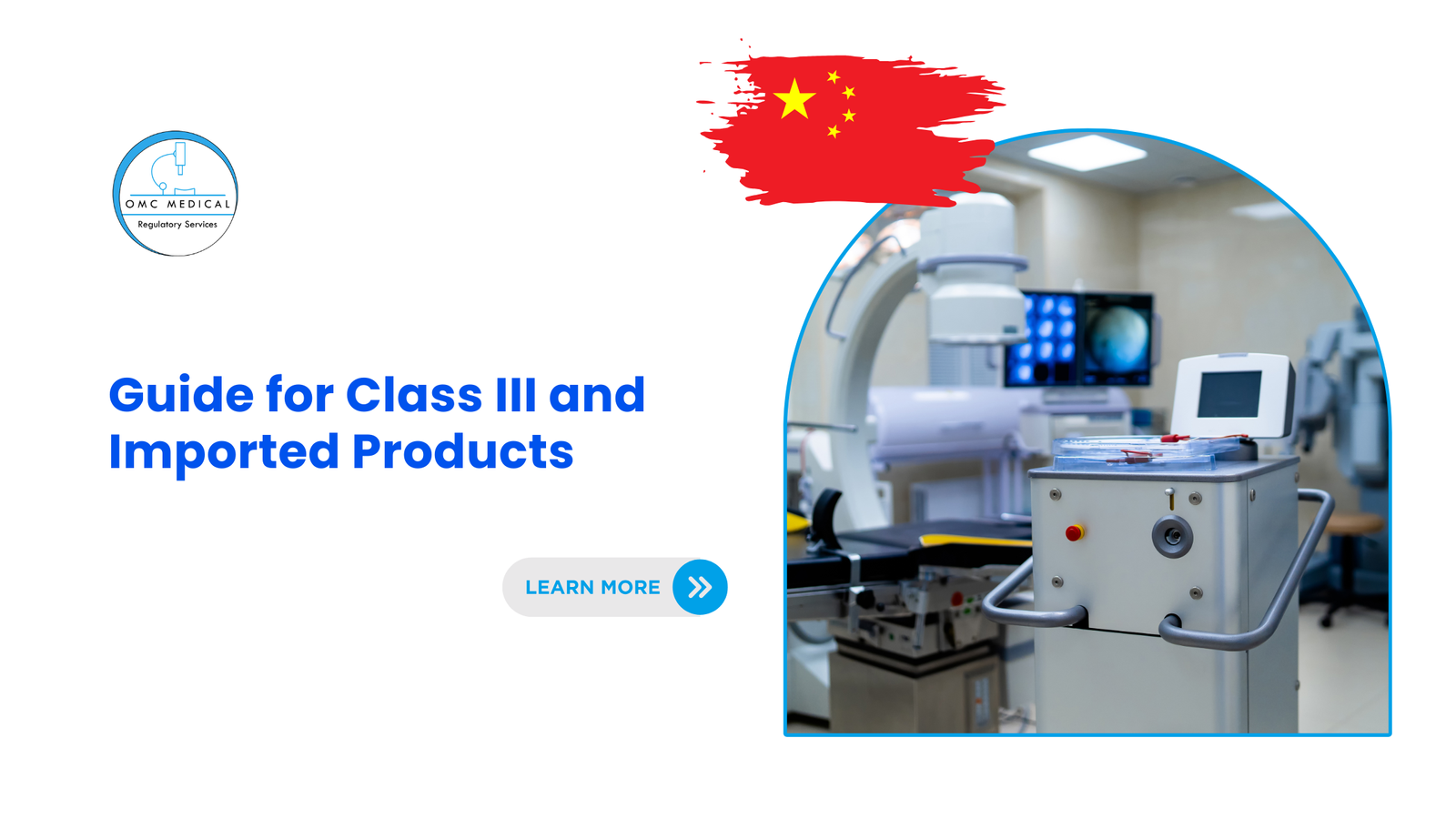The EU MDR 2017/745 imposes more stringent requirements for Class I devices. Under the new regulations, Manufacturers must righty classify a medical device and provide technical documentation following the device class.
The risk class under MDD could change under MDR. In some cases, medical devices could be up classified from Class I medical devices to Class II a/b medical devices or Class III medical devices.
Please read our article on the classification of medical devices to understand how to classify your current device per MDR.
MDCG guidance on Class I medical devices is a valuable resource document for Class I medical devices Manufacturers. Manufacturers can place the devices by following the steps mentioned below.
Steps for placing a Class I Medical Devices
Step 1: Integrate MDR into the existing Quality Management System.
This allows the correct documentation to be created following the risk classification of the device.
Step 2: Confirm whether the product is a medical device under the scope of MDR.
Confirm that the product meets the definition of a medical device as stated in Article 2 of EU MDR based on its intended use and primary mode of action. In some cases, the product may be out of the scope of MDR and may be termed as a medical device ‘accessory ’. EU MDR also states how accessories for a medical device is also to be classified on its own apart from the main medical device.
Step 3: Confirm whether the medical device is a Class I medical devices.
It must be noted that several MDD Class I medical devices will be reclassified under the MDR as per the new classification criteria in Annex VIII, such as most software (rule11) and Class I medical devices made up of chemicals or combinations of substances (rule 21).
Step 4: Pre-market procedures.
Verify that the device meets the General Safety and Performance Requirements (GSPR).
A proper and well-established risk management system should be implemented. Manufacturers must ensure that the associated risks are identified, analyzed and appropriate corrective actions are taken.
This must be guaranteed throughout the product’s lifecycle and documented. When standard specifications are available, Manufacturers must adhere to them unless they can demonstrate that they have adopted a solution that is at least as safe and effective.
The Manufacturer should periodically update the clinical evaluation report, risk management and post-market reports.
1. Conduct Clinical evaluations
All devices require clinical evaluation, Class I medical devices are not exempted from this requirement. A clinical evaluation report must contain essential information such as device descriptions, literature reports and post-market surveillance reports to name a few.
MDR also emphasises the need to consider available alternatives and the acceptability of the benefit-risk ratio.
2. Prepare an up-to-date technical file.
The Manufacturer will draw up the technical documentation that demonstrates the conformity of their devices with the specific requirements of the MDR. Technical documentation is mentioned in Annex II and III of EU MDR.
The Manufacturer is obligated to keep the file updated and make them available to competent authorities, notified bodies and the authorised representative.
1. The technical file must contain the following elements. The detailed information can be found in Annex II of EU MDR.
2. Device description and specification, variants, and accessories
3. Information to be supplied by the Manufacturer
4. Information on Design and manufacturing
5. General Safety and Performance Requirements
6. Benefit-risk analysis
7. Risk management
8. Verification and validation of product
9. Demonstration of Conformity
The documents in the technical file should be made available in the language accepted in the Member State in which the device is sold. Please read our article on EU Requirements for translations to understand this requirement specified in EU MDR.
1. Involvement of Notified Bodies
Most Class I devices do not require the involvement of a Notified Body. However, device Classes ‘Ir’, ‘Is’ and ‘Im’ have this requirement. ‘Ir’ devices are those which are reusable instruments. ‘Is’ are devices to be used in a sterile condition. ‘Im’ are those devices with a measuring function.
For these class I medical devices, the involvement of Notified Bodies is limited to audit and the NB assesses those specific controls. For example, an “Is” device assessment of NB would involve auditing the Sterilisation process and controls.
2. Prepare Instructions for Use and Labelling
Medical device manufacturers must ensure that the instructions for use and labels are available in languages accepted within the Member State they decide to market in.
The instruction for use must indicate the safety and performance information so that its users are aware of its intended use. The instructions for use (IFUs) should have drawings and internationally accepted symbols.
Read our article on Information to be supplied by manufacturers to understand more about this topic.
Step 5: Draw up a Declaration of conformity.
The Declaration of conformity (DoC) is a document signed by the Manufacturer that states the device fulfils the requirements set forth by MDR. For more information, read our article on Declaration of conformity.
Step 6: Affix CE mark
CE mark should be placed on the medical device to show compliance. If it cannot be placed on the product itself, it must be placed on the packaging.
Step 7: Registration on EUDAMED
Before placing in the EU market, all devices must be registered on EUDAMED. EUDAMED is a secure, web-based European Databank on Medical Devices. Although Class I devices are not much of a threat to human life, they must be made available on EUDAMED. It ensures that the device information is accessible to the public.
Transitional provisions for Class I Medical Devices
Transitional provisions are in place to help manufacturers transition to MDR from the directives. Article 120 of EU MDR gives an idea of the exemptions from MDR and greatly helps manufacturers by providing more time to meet the requirements.
The following conditions must be met to be able to market a device according to Directive 93/42/EEC until 26 May 2024:
1. The device complies with Directive 93/42/EEC.
2. The device has not undergone significant changes in device design or intended purpose.
3. The device has a valid Declaration of Conformity (DoC)
4. The post-market surveillance, Market Surveillance, Vigilance and Registration of economic operators and devices requirements are met.
FAQs
Does a Class I Device manufacturer require an ISO certificate for the Quality Management System?
Not necessarily. The Class I manufacturer must have an established QMS, and obtaining a certification is not mandated. Although globally, there is a significant benefit for the Manufacturer to hold an ISO QMS certification. Major markets worldwide accept ISO 13485 certificate as one of the key entry factors into their geography. A few key markets, such as Canada, Japan, Australia, Singapore, and Malaysia, require ISO Certification. The ISO 13485 certificate is recognised worldwide as a significant standard for a quality management system for medical device manufacturers.
Should Class I Device DoC contain the reference to MDR Annex (s)?
Yes, but this has been considered of less importance while drafting the DoC. Declaration of Conformity (DoC) must mention the respective Annex(s) in the MDR that it has complied with for any device class. This is one of the required information to be entered while performing product registrations in many countries.
What is the conformity procedure for Class I devices?
The conformity procedure for all Class I devices is mentioned in the flow chart.

Source: MDCG Guidance document for Class I manufacturers







